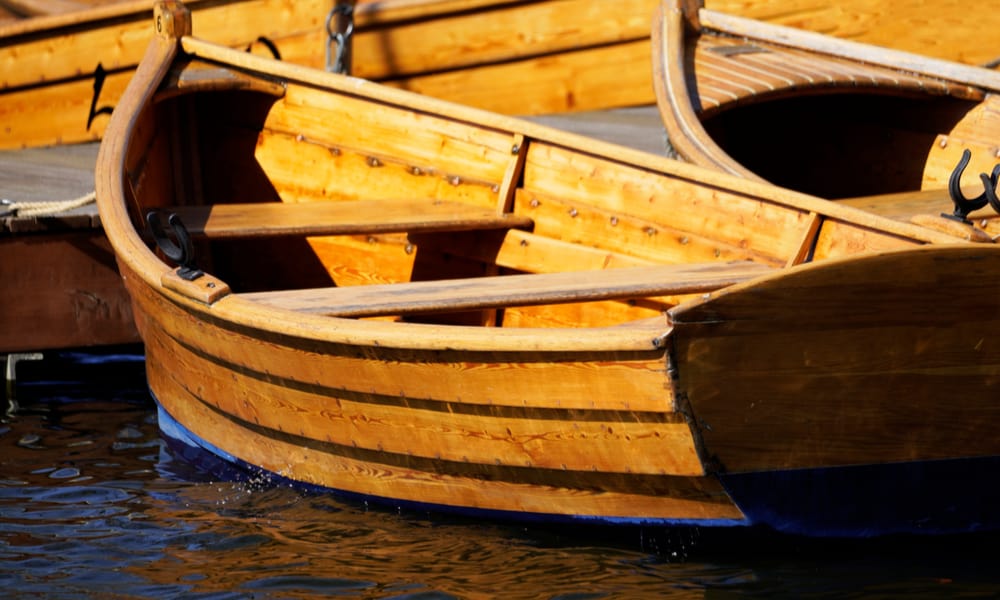
Beyond the Plans: Unveiling Hidden Gems in Wooden Boat Building
“How to Make a Wooden Boat for Family Adventures and Recreation†â€" the title itself conjures images of sun-drenched days on the water. But beyond the romanticized vision lies a world of nuanced challenges and unexpected rewards. This review goes beyond the typical build guide, exploring rarely discussed aspects of wooden boat construction, focusing on sustainability, innovative techniques, and the human element of the craft.
The Unsung Hero: Sustainable Boatbuilding
Most boatbuilding guides focus on the "how," but rarely delve into the "why" â€" specifically, the environmental impact. While the romanticism of working with wood is undeniable, responsible sourcing is crucial.
Q: Where can I find sustainably sourced wood for my boat?
A: This is critical! Look for certifications like the Forest Stewardship Council (FSC) label. Investigate local lumberyards that prioritize sustainable forestry practices. Consider reclaimed wood â€" old barns, railway sleepers (with proper treatment) â€" offer unique character and reduce environmental burden. Remember, the carbon footprint of your boat extends beyond the wood; consider using eco-friendly adhesives and finishes.
Q: How can I minimize waste during the building process?
A: Precise planning is key. Utilize digital design software to optimize wood usage and minimize cuts. Learn joinery techniques that reduce waste (e.g., using scarf joints instead of butt joints where appropriate). Consider repurposing offcuts for smaller projects, like oars or boat accessories. Even sawdust can be composted!
Beyond the Blueprint: Embracing Innovation
Traditional methods are valuable, but innovation can significantly improve the build process and the final product.
Q: Can modern technology enhance the traditional craft?
A: Absolutely! CNC routers allow for precise cuts and complex shapes, reducing time and increasing accuracy. 3D modeling software can help visualize the boat before construction, minimizing errors. Laser scanning can create precise digital representations of existing hulls for restoration projects, offering incredible accuracy. These tools, coupled with traditional skills, create a powerful synergy.
The Human Element: Learning and Community
Building a wooden boat is a journey, not just a project. The process fosters valuable skills and creates lasting memories.
Story: The Unexpected Apprentice
I recently spoke with a retired teacher who, inspired by a documentary, decided to build a small sailboat. He initially struggled, but by joining a local boatbuilding club, found mentorship and community. This unexpected path led not only to a beautiful boat but also to deep friendships and a renewed sense of purpose. The collaborative spirit of woodworking can be just as rewarding as the finished product itself.
Q: How can educational institutions incorporate boat building?
A: Boatbuilding provides a unique hands-on learning experience integrating math, science, history, and art. Educational institutions can offer workshops, integrate projects into existing curricula (e.g., STEM programs), and partner with local boatyards for apprenticeships. This promotes skills development, fosters creativity, and connects students with tangible results.
In conclusion, "How to Make a Wooden Boat for Family Adventures and Recreation" provides a solid foundation. But by embracing sustainability, integrating modern technology, and emphasizing the human element, we can unlock a richer, more rewarding experience. It's not just about building a boat; it's about building a legacy.








No comments:
Post a Comment
Note: Only a member of this blog may post a comment.